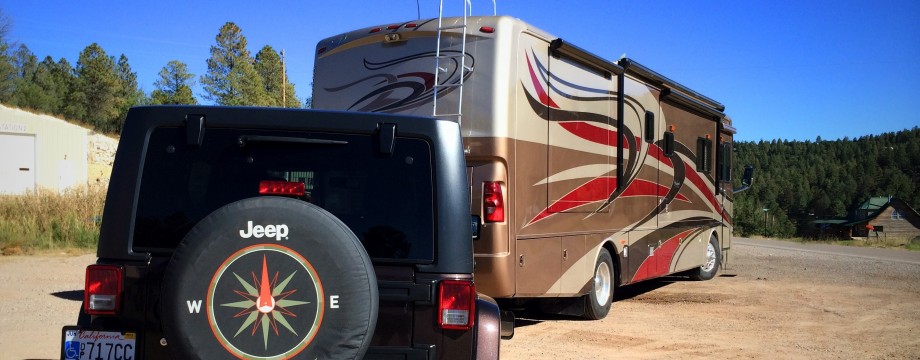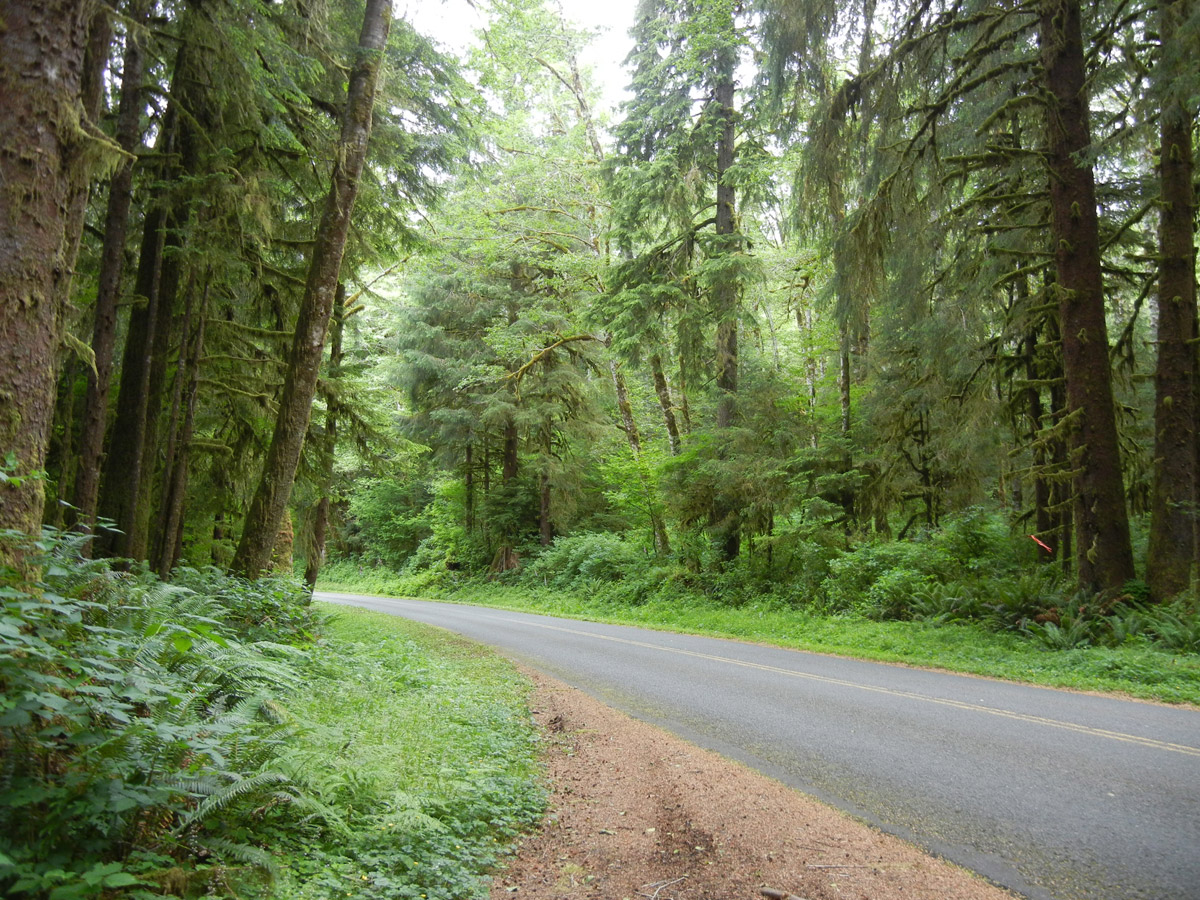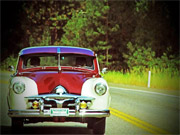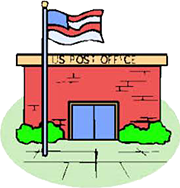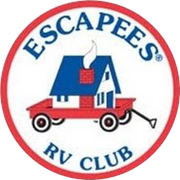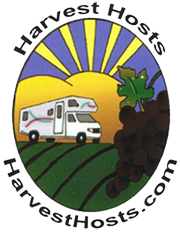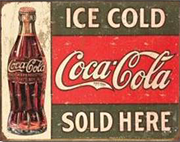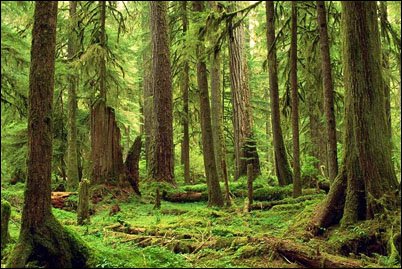
The rainforest near Forks. It’s the perfect setting for the Twighlight books and movie series. Forks is the new ground zero for anything vampire!
FORKS, WASHINGTON. We’ve come to Forks to continue our exploration of the Olympic Peninsula. But aside from that, there are very few reasons to travel 3 1/2 hours northwest from Seattle to the remote cit of Forks unless you are a surfer, hiker or Twighlight motion picture series follower. “It isn’t the end of the world, but you can see it from there.” So goes a popular Northwest saying about this vicinity.
Once the center of the Northwest logging industry during the 1080’s and early 90’s, Forks is making a comeback in a way most could never have foreseen…as the hometown of fictional teenager Bella Swan, the main character in the vampire-esque book series, and now hit movie, Twighlight. Florence loves the books and movies, so being here is especially fun for her.
Forks has a population of about 3,000 and is the rainiest city in the 48 contiguous states with well over 120 inches of rain a year. Chances are it is dark and gloomy, which is a main reason why Twighlight’s author, Stephenie Meyer…who never visited Forks…chose it for its fascinatingly lush, mossy setting. Most residents live and work in and around the area because the next closest city, Port Angeles, is a long and windy hour drive away. To be honest, Forks is in the middle of nowhere, the resources are limited, it has very few days of sunshine per year and the closest real shopping area is more than three hours away! The beautiful, unusual scenery and rain forest areas, however, are what we came to see, and we’ve not been disappointed.

In Olympic National Park, you can see towering mountains, unspoiled beaches and the lush and amazing rainforest…all in the space of one day!
The city of Forks has reported an increase in tourists and avid fans who are trying to get a closer look at the town the Swans and Cullens call home. Ironically, most of Twilight was filmed in Oregon and some other parts of Washington, but not Forks. This is because Oregon offered tax concessions and because the movie producers feared that little Forks could not accommodate all of the movie folks’ housing and culinary needs. That’s OK…Forks is now the de facto Twilight shrine, with fans arriving from every corner of the U.S. All hail Forks, the new ground zero for anything vampire!
OLYMPIC NATIONAL PARK…A PRIMER. This is probably a good post-spot to include some general information about the Olympic National Park. Lots of the areas we’ll be visiting in the next few days fall within the park, so here’s an overview: the park has four basic regions…the Pacific coastline, alpine areas, the west side temperate rainforest and the forests of the drier east side. The coastal portion of the park is a rugged sandy beach. Some stretches are covered with heavy rock and large boulders. Bushy overgrowth, slippery footing, tides and misty rain all hinder beach hiking, making it virtually impossible in some areas. However, even the rugged coastal strip is more readily accessible than the interior of the park. The terrain is so difficult that very few backpackers venture beyond casual day-hiking distances. The temperate Hoh and Quinault rainforests are located on the western side of the park. These are the areas where annual precipitation is about 150 inches! The humidity is so high that moss coats the bark of the trees and even drips down branches in green, moist tendrils. The forests on the east side of the park…closer to Sequim, have notable old-growth trees, but the climate is far drier and the forest is less dense.
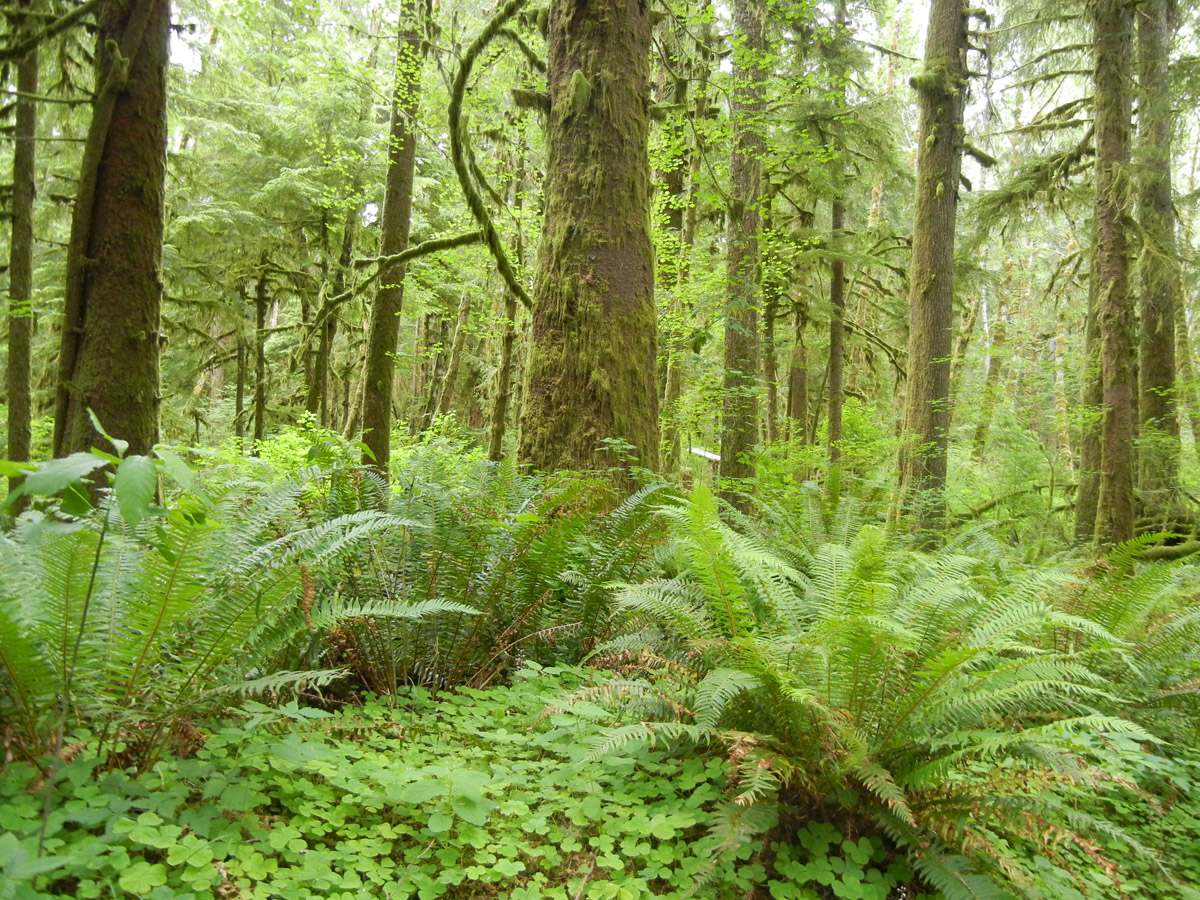
Plant on Plant: The atmosphere of the rain forest is so fertile that some plants thrive on air alone. Dining on moisture and nutrients from rain and wind-borne particles, they fasten to trunks and branches but do not harm their hosts.


